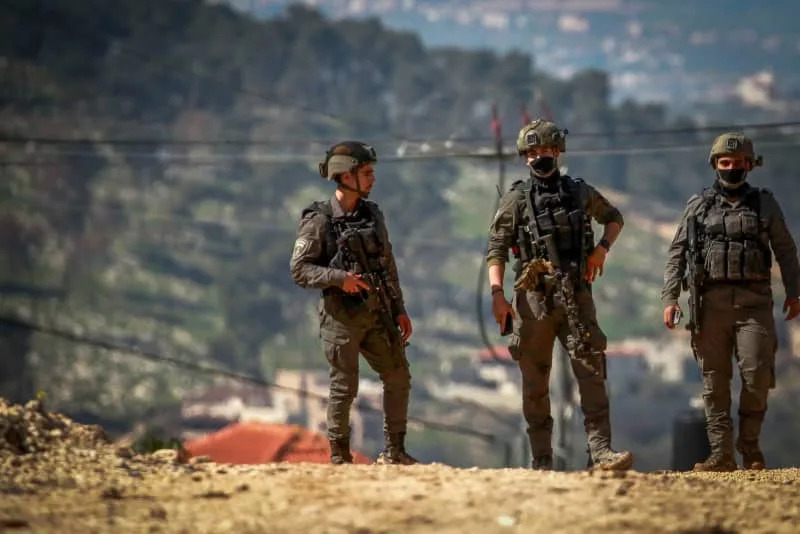Tensions are rising along Israel’s borders with the West Bank and Egypt as the ongoing conflict in Gaza continues to destabilize the region. With over 23 months of fighting in Gaza, the potential for violence in these adjacent areas has become increasingly concerning. Both the West Bank and the Egyptian border face unique challenges that, if left unaddressed, could lead to significant escalation.
In the West Bank, Israeli forces have managed to suppress low-level insurgencies, particularly from groups such as Palestinian Islamic Jihad. This effort has taken years, spanning from approximately 2021 to early 2025. Despite these efforts, illegal arms have proliferated in the region, with an influx of military-grade weapons including M-4 and M-16 rifles, as well as modern handguns. Recently, there has been a troubling emergence of attempts by these groups to develop small rockets, echoing the tactics used by militant organizations in Gaza during the late 1990s and early 2000s.
The nature of the threats in the West Bank has evolved. Previously dominated by suicide bombings and small arms attacks, the current landscape reveals a more sophisticated approach by hostile groups. Recent assaults typically involve multiple armed assailants, showcasing a shift in tactics designed to outmaneuver Israeli defenses.
Rising Smuggling Threats from Egypt
Compounding the situation, reports indicate a sharp increase in arms smuggling through the Egyptian border. Smuggling operations have adapted to use drones for transporting firearms and components, leading to a rise in daily incidents. The full scope of this issue remains difficult to ascertain, as many thwarted smuggling attempts only expose a fraction of the larger network at play.
Egypt, while focused on negotiating a resolution for Gaza, also seeks to prevent an influx of displaced Gazans into the Sinai region. Although Egyptian forces have been deployed along the border, their primary attention is directed towards Gaza. This shift may have allowed smuggling networks, originally established to support Hamas, to pivot their operations, exacerbating gun violence within Israel. Most of the fatalities associated with this violence have been reported within the Arab community, raising concerns about a potential spillover effect.
As Israel has dedicated significant resources to the conflict in Gaza, the focus on threats closer to home has waned. For years, the Israeli military prioritized countering what it termed “third circle” threats, including those from Iran. This narrow focus may have led to the underestimation of both Hamas and the potential dangers arising from the Egyptian border and the West Bank. As a result, weapon smuggling networks are becoming increasingly problematic, feeding arms into Arab communities within both Israel and the West Bank.
The evolving dynamics in these regions highlight the need for continuous monitoring and intervention. As Israel grapples with the complexities of the Gaza conflict, the potential for violence along the West Bank and Egyptian border remains a pressing concern that could have far-reaching implications for stability in the area.





































































